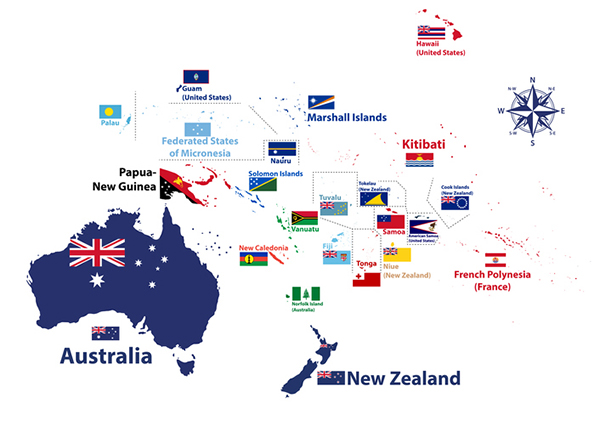Pacific Rim Report: Trust over transparency
"No amount of technology is going to help move cargo off the docks without collaboration."
An exhaustive discussion on the benefits and perils of digitized logistics took place at last month’s 6th Annual Global Supply Chain Excellence Summit hosted by the USC Marshall School of Business in Los Angeles. But if a single conclusion surfaced after the premier Pacific Rim event, it was this: end-to-end transparency can be too much of a good thing if it undermines trust.
As he did last year, IBM’s Rob Allan gave a keynote address describing how his role as leader of Watson Supply Chain analytics has evolved with demands placed on today’s global logistics managers.
“Risk readiness is a constantly changing dynamic,” said Allan. “And that’s why we see more and more managers taking a chance on artificial intelligence. The fact that Watson prevailed in a match of wits with ‘Jeopardy’ a few years ago certainly had something to do with it.”
The question-answering computer system has since been embraced by managers for risk mitigation, Allan maintained, noting that Watson can utilize its predictive analytics for both weather and traffic congestion forecasting. This helps managers avoid jeopardizing their own operations domestically and overseas.
Walmart is among several other major companies comprising IBM’s recent initiative dubbed “Food Trust Blockchain,” which Allan said would identify threats to shippers and consumers of contaminated grocery goods.
“We’re also working with the Master Lock Company—the largest global manufacturer and marketer of padlocks and personal safes—to penetrate new markets and work with new partners, each with their own specific local requirements,” he said.
Finally, Allan summed up IBM’s “historic” alliance with Lenovo designed to bring long-term value to companies needing to continually reinvent themselves. “Lenovo is now the preferred provider of IBM-branded personal computers, and we will continue to finance and maintain services for those PC solutions in a fully transparent manner,” he concluded.
A subsequent panel discussion on “Digital Transparency in Logistics” may have been meant to reinforce some of these rosy predictions, but a fair amount of sobering skepticism was also evident. Ed Zraik, senior director of transportation global logistics, Scholastics Inc., was particularly critical of promises made by AI and Big Data providers.
“We’re currently using Oracle’s TMS software to arrive at one version of the truth,” said Zraik. “But there are still too many blind spots. That’s because you have to feed the beast with a lot of facts and numbers before you can gain data that is of true value.”
Ravi Doanhih, executive vice president with the consultancy Armstrong & Associates, Inc., agreed that AI integration would also be reliant on a younger, educated work force. “Currently, there’s some apprehension about data being shared and revealed to competitors,” he said. “It also exposes a company’s mistakes to its customers. But as application programming interface becomes more widely used by shippers, we will see less concern about this…especially if it helps ports and terminals with their discharge operations.”
This observation was questioned by Maryanna Kersten, senior manager of international logistics at Del Monte Foods, Inc. She was among those in the audience who championed “trust above transparency.”
“No amount of technology is going to help move cargo off the docks without collaboration,” said Kersten. “The Port of Oakland convenes a monthly task force with all of its stakeholders to stay on the same page when it comes to expediting operations,” she added. “When you have shippers working with labor, terminals and ocean carriers to achieve this goal, there’s less reliance on technology that can quickly become obsolete.”
Allen Clifford, executive vice president commercial, for the Mediterranean Shipping Company, also shared an insight from the floor, observing that without trust, efficiency will always be evasive. “Just knowing where your goods are in the supply chain at every moment does not necessarily help the shipper or the carrier,” he said. “They have to have faith in each other and understand that cargo will always be delivered as promised. No amount of added transparency is going to change that.”













